Full XRF test results for a 2021 Purchased (New) Spode Christmas Tree Dish (Made in China): Positive for trace Lead & Cadmium
For those new to this website:
Tamara Rubin is a multiple-federal-award-winning independent advocate for childhood Lead poisoning prevention and consumer goods safety, and a documentary filmmaker. She is also a mother of Lead-poisoned children (two of her sons were acutely Lead-poisoned in 2005). Since 2009, Tamara has been using XRF technology (a scientific method used by the U.S. Consumer Product Safety Commission) to test consumer goods for toxicants (specifically heavy metals — including Lead, Cadmium, Mercury, Antimony, and Arsenic). Tamara’s work was featured in Consumer Reports Magazine in February 2023 (March 2023 print edition).
October 14, 2022 — Friday
Spode Christmas Tree pattern dishes are often positive for high levels of Lead.
I need to start this article with the following disclaimer: Even though (as you can see from the XRF test results below) this newer version of this Christmas Tree pattern of Spode dishes is only positive for low levels of toxicants (and is specifically in the safe range for Lead, by all U.S. and international standards) it is very important that Lead Safe Mama readers not extrapolate these test results to other production years or patterns. You simply cannot assume this same pattern from this same brand manufactured in years or decades earlier might test similarly.
In general, older (Vintage/ Antique) Spode dishes often test positive for very high levels of Lead and should not be considered safe for food-use purposes (especially after years or decades of use and washing in the dishwasher, for example). Click this link to read more about the concern for Lead in dishware. Click this link to see more examples of Spode brand china we have tested, and reported the results for on this website. The Lead concerns vary by pattern and by age. It does seem (based on the testing we have done) that at least starting in the late-1990s Spode (as a company) started being more conscious about reducing the amount of Lead in their dishware (here’s one example).
Reading #1) With a focus on the center of the food surface of the dish
60-second reading
Readings repeated multiple times to confirm the results.
- Lead (Pb): 107 +/- 16 ppm (safe by all standards)
- Cadmium (Cd): 113 +/- 8 ppm
- Tin (Sn): 46 +/- 9 ppm
- Mercury (Hg): non-detect
- Selenium (Se): non-detect
- Barium (Ba): 249 +/- 35 ppm
- Arsenic (As): non-detect
- Chromium (Cr):12,700 +/- 600 ppm
- Antimony (Sb): non-detect
- Nickel (Ni): 702 +/- 72 ppm
- Copper (Cu): 181 +/- 31 ppm
- Zinc (Zn): 15,600 +/- 300 ppm
- Bromine (Br): non-detect
- Bismuth (Bi): non-detect
- Zirconium (Zr): 5,353 +/- 119 ppm
- Niobium (Nb): non-detect
- Iron (Fe): 5.149 +/- 232 ppm
- Platinum (Pt): 267 +/- 65 ppm
- Cobalt (Co): 2,324 +/- 135 ppm
- No other metals were detected in consumer goods mode.
Reading #2) With a focus on the off-white part of the food surface of the dish
Readings repeated multiple times to confirm the results.
- Lead (Pb): 33 +/- 9 ppm (safe by all standards)
- Cadmium (Cd): non-detect
- Tin (Sn): non-detect
- Mercury (Hg): non-detect
- Selenium (Se): non-detect
- Barium (Ba): 200 +/- 29 ppm
- Arsenic (As): non-detect
- Chromium (Cr): non-detect
- Antimony (Sb): non-detect
- Nickel (Ni): non-detect
- Copper (Cu): non-detect
- Zinc (Zn): 18,100 +/- 400 ppm
- Bromine (Br): non-detect
- Bismuth (Bi): non-detect
- Zirconium (Zr): 913 +/- 23 ppm
- Niobium (Nb): non-detect
- Iron (Fe): 1,289 +/- 120 ppm
- Platinum (Pt): 90 +/- 59 ppm
- Cobalt (Co): non-detect
- No other metals were detected in consumer goods mode.
Reading #3) With a focus on the black logo/ back mark of the dish
Readings repeated multiple times to confirm the results.
- Lead (Pb): 40 +/- 10 ppm (safe by all standards)
- Cadmium (Cd): 12 +/- 5 ppm
- Tin (Sn): 16 +/- 8 ppm
- Mercury (Hg): non-detect
- Selenium (Se): non-detect
- Barium (Ba): 252 +/- 30 ppm
- Arsenic (As): non-detect
- Chromium (Cr): 5,353 +/- 380 ppm
- Antimony (Sb): non-detect
- Nickel (Ni): 691 +/- 63 ppm
- Copper (Cu): non-detect
- Zinc (Zn): 16,200 +/- 300 ppm
- Bromine (Br): non-detect
- Bismuth (Bi): non-detect
- Zirconium (Zr): 1,021 +/- 25 ppm
- Niobium (Nb): non-detect
- Indium (In): 12 +/- 6 ppm
- Iron (Fe): 5,745 +/- 228 ppm
- Platinum (Pt): 92 +/- 57 ppm
- Cobalt (Co): 969 +/- 92 ppm
- Bismuth (Bi): 26 +/- 12 ppm
- No other metals were detected in consumer goods mode.
Never Miss an Important Article Again!
Join our Email List








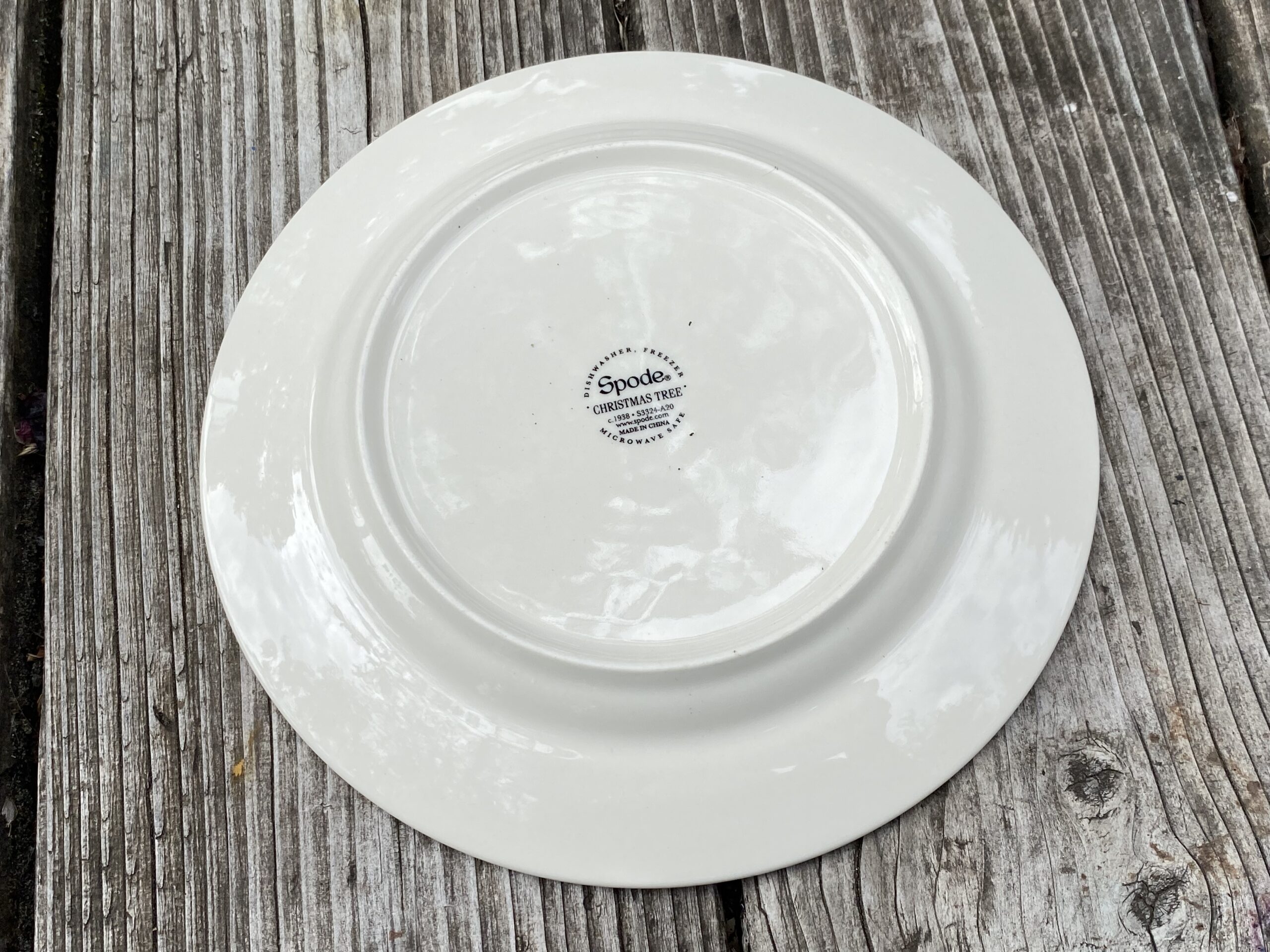
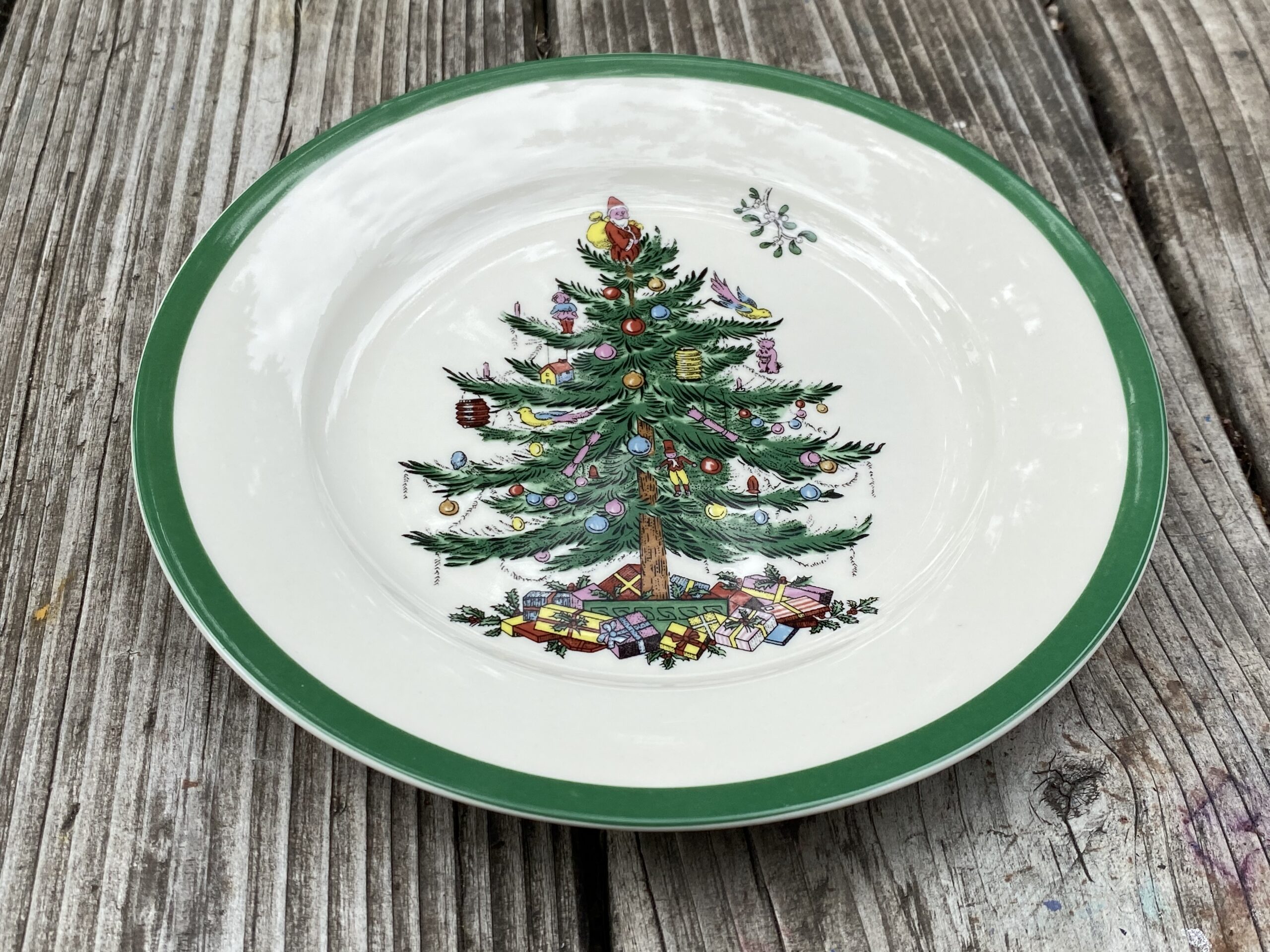
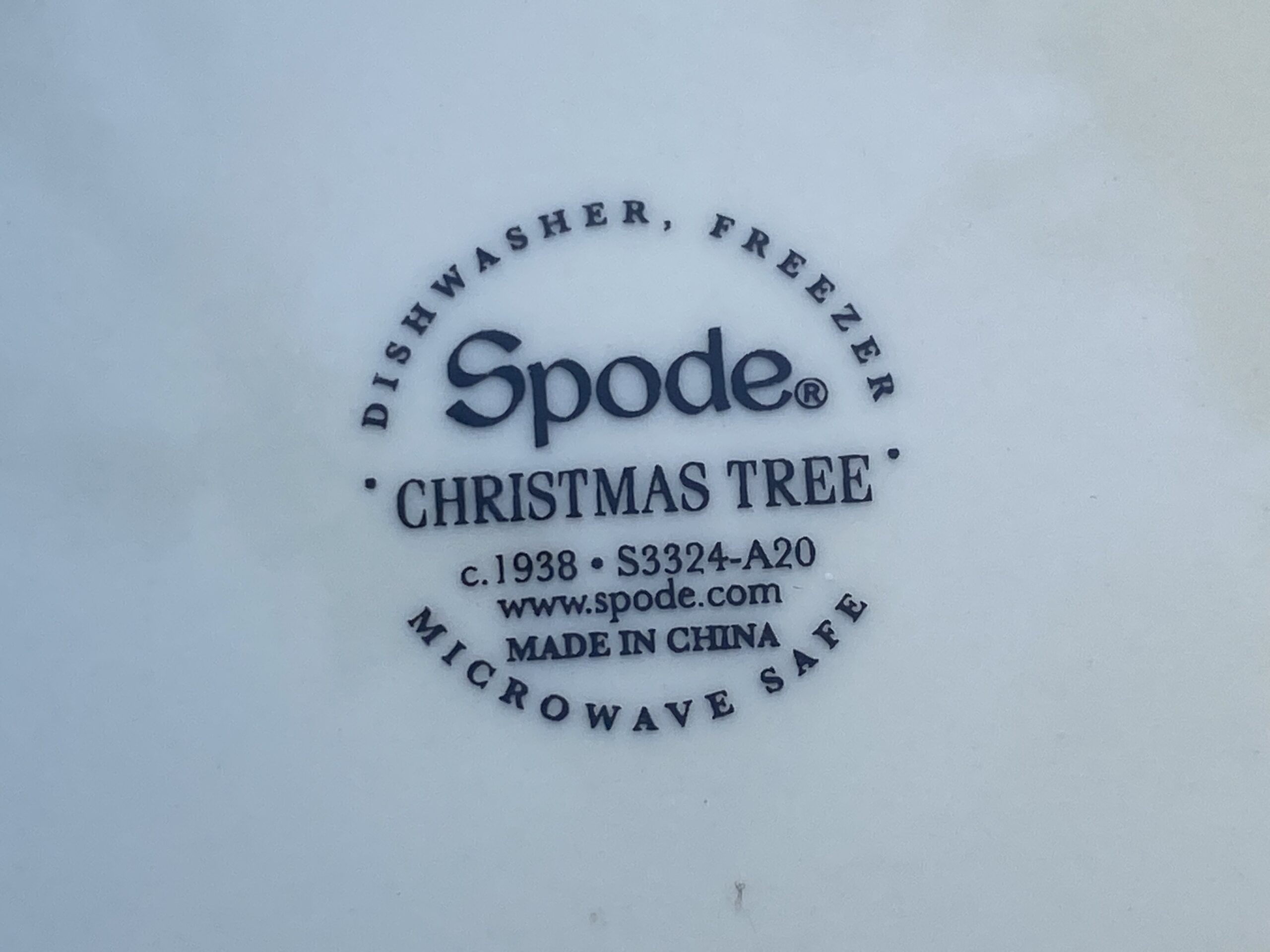
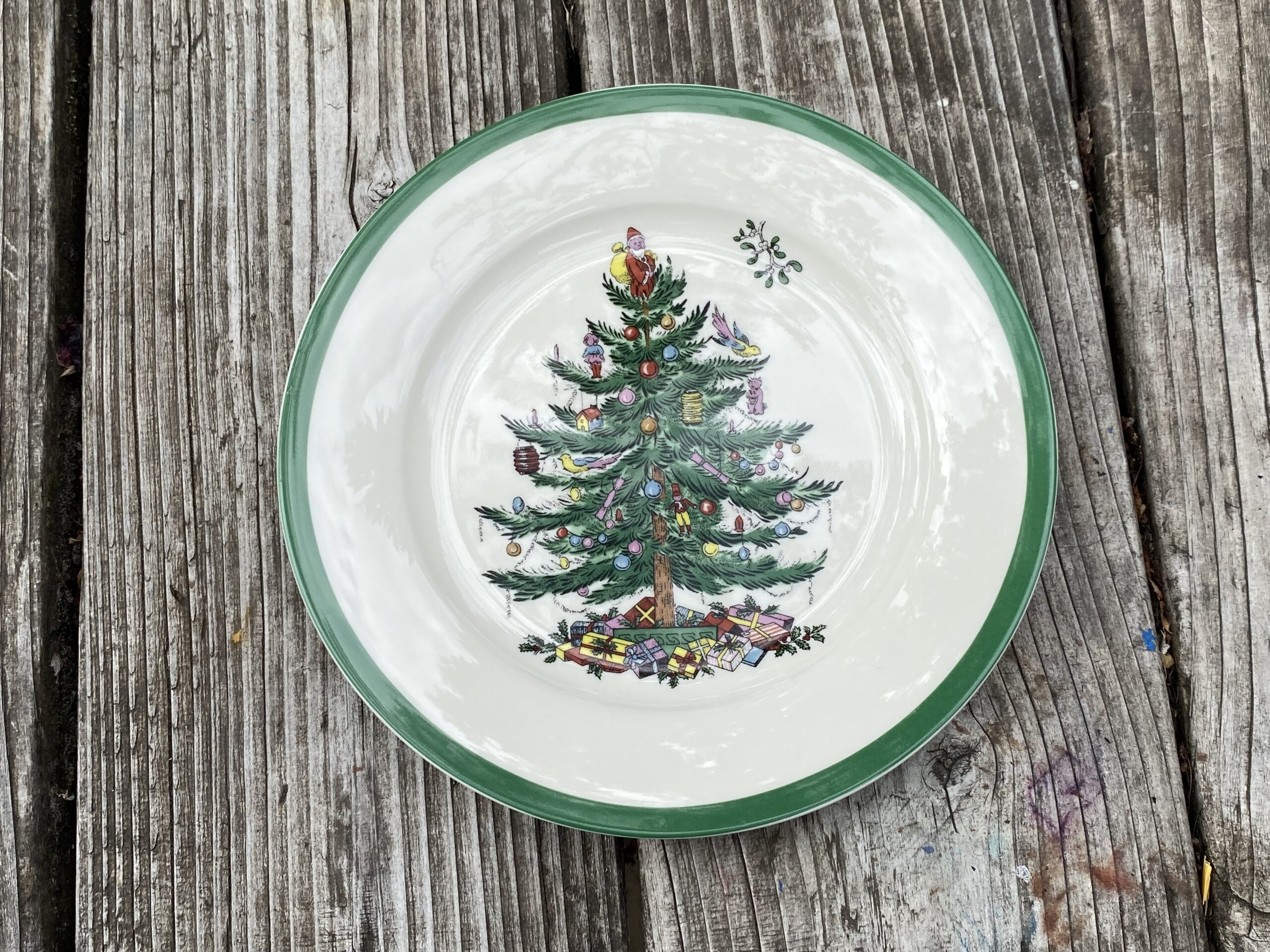
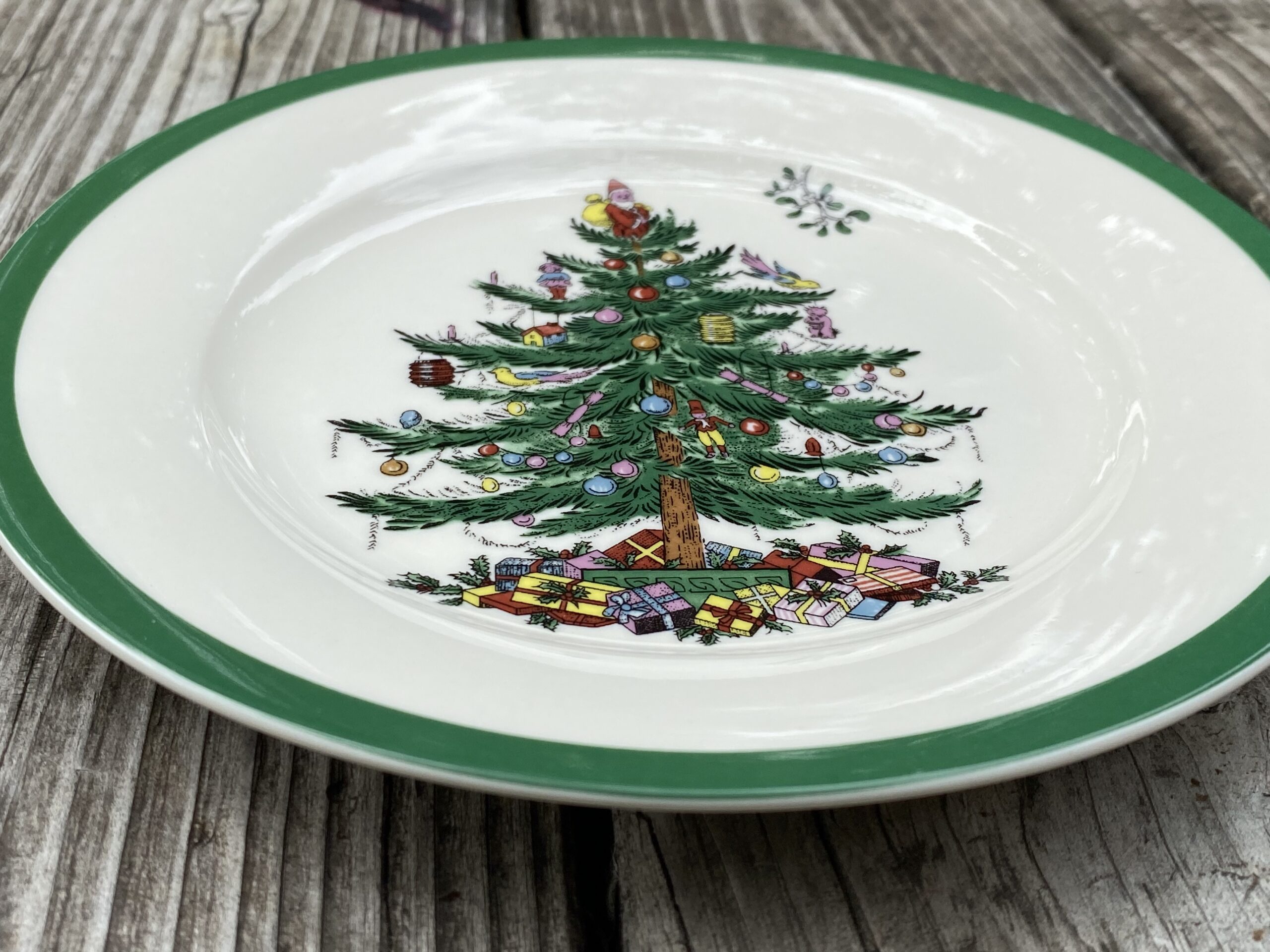

Have you tested the Spode Christmas Tree Gold collection? I had some gifted to me in 2021.
Tamara, have you tested any of the Thanksgiving spode woodland patterns from the ten years? Do you think it would be high lead if purchased new in 2023?